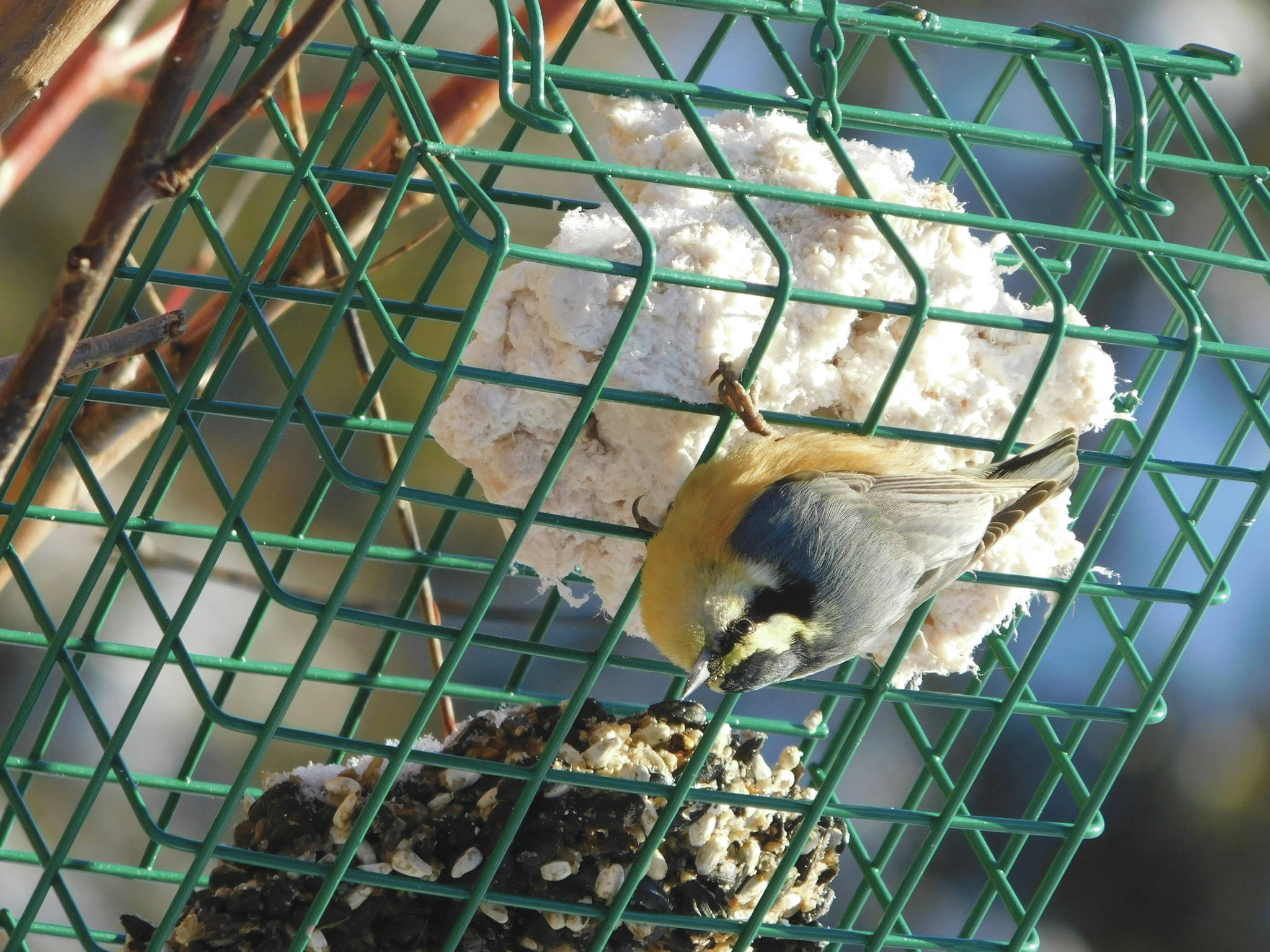Salmonella is a type of bacteria that hits our news feeds often. Infections in human foods cause illness across the country and often result in the recall of fruits and vegetables.
The most recent outbreak I remember was onions last fall across 48 of our 50 states. Fortunately for humans, the results are usually limited to severe gastrointestinal discomfort.
This group of bacteria also affects wild birds. Surprisingly, humans are a known factor in the transmission of these bacteria throughout wild bird populations.
Unlike humans, the results of a bout of salmonella are usually fatal for wild birds. Sick birds will often be identifiable by being “puffed up” and lethargic. They will often just stay when other birds fly off.
My interest in sharing salmonella info with you started when an online friend was reporting several sick pine siskins in a yard in Oregon. A little further digging revealed the Pacific Northwest is in the midst of a massive wild bird salmonella outbreak from Oregon to British Columbia.
Due to the large scale and rapid spread of the illness, people in the affected region are encouraged to stop feeding birds and remove feeders until spread of the disease subsides. Currently, there are no reports of wide-scale impacts to birds in Alaska, but stay alert.
So, how are bird feeders contributing to the salmonella outbreak? I am a huge proponent of feeding birds and specifically the open or tabletop style of feeders.
Here on the Kenai Peninsula, one of the prized attractants to our feeders are pine grosbeaks. They categorically prefer open style feeders and will rarely come to other store-bought options with limited space.
Unfortunately, these type of feeders are the absolute worst at spreading the salmonella bacteria from bird to bird.
It works like this. Infected birds live for some time before they succumb to the disease. During that time they get weaker, but they continue to expel bacteria in their bodily fluids. They are likely attracted to feeders even more in their weakened state.
Even worse, on the tabletop style feeders they are standing on and sometimes defecating on the bountiful seed pile we leave out. This contaminates other seeds and subsequently other birds. This process can result in rapid spread among fed birds.
Salmonella has been identified in the intestinal tract of wild birds for a hundred years. It has emerged as a more consistent threat over the last 40 years, which coincides with the time when our interest in attracting birds to feeders exploded.
Outbreaks in unfed wild song birds are often less severe as the birds never congregate in such a small area. Birch and spruce seeds are broadcast across the snow so that, as birds are picking around, they are not standing on the pile of seeds like they are at our feeders.
I still encourage folks to feed birds unless you see “sick” birds at your feeder, but there are some very basic questions we have to ask ourselves while doing it. Here are just a few of the points we need to reconcile when evaluating the pros and cons of supplemental feeding.
The most important point to understand is that wild birds do not need our supplemental feeding. We are feeding them to attract them to our yards for our enjoyment and appreciation.
If we are causing harm, we should just lock down our feeders for a while. This simple step allows the infected birds to expire without infecting other birds. Once it has passed, feeding can resume while still watching for additional problems to pop up.
A second key point is evaluating if we can attract birds to our yard safely without causing any other problems. Are we setting the dinner plate for neighborhood cats? Are we causing problems with unintended visitors like squirrels, bears or moose?
Are we causing problems for our neighbors as gulls, eagles or ravens dot the neighborhood with their feces? All of these situations should really cause us to question whether we should continue any bird feeding activity.
Lastly, are we contributing to success in the birds we are feeding? There are many well documented situations where what we are feeding birds is actually problematic.
Waterfowl in city parks have been afflicted with developmental problems like “angel wing” resulting from a poor diet of bread and other less valuable foods. These birds develop wings that grow twisted, rendering the birds flightless for the rest of their lives.
If you have gone through the process to mitigate most of these threats, it is still imperative to monitor your visitors for signs of diseases like salmonella. Be willing to modify or stop your feeding the moment there is a problem.
I can’t reiterate enough that wild birds don’t need our food, but many of us need them for our own mental health. For more information on the outbreak in the Pacific Northwest please visit the following bulletin: https://wdfw.wa.gov/news/help-protect-wild-birds-deadly-salmonellosis.
Todd Eskelin is a Wildlife Biologist at Kenai National Wildlife Refuge. Find more Refuge Notebook articles (1999–present) at https://www.fws.gov/Refuge/Kenai/community/Refuge_notebook.html or other info at http://www.facebook.com/kenainationalwildliferefuge.
By TODD ESKELIN
Peninsula Clarion

